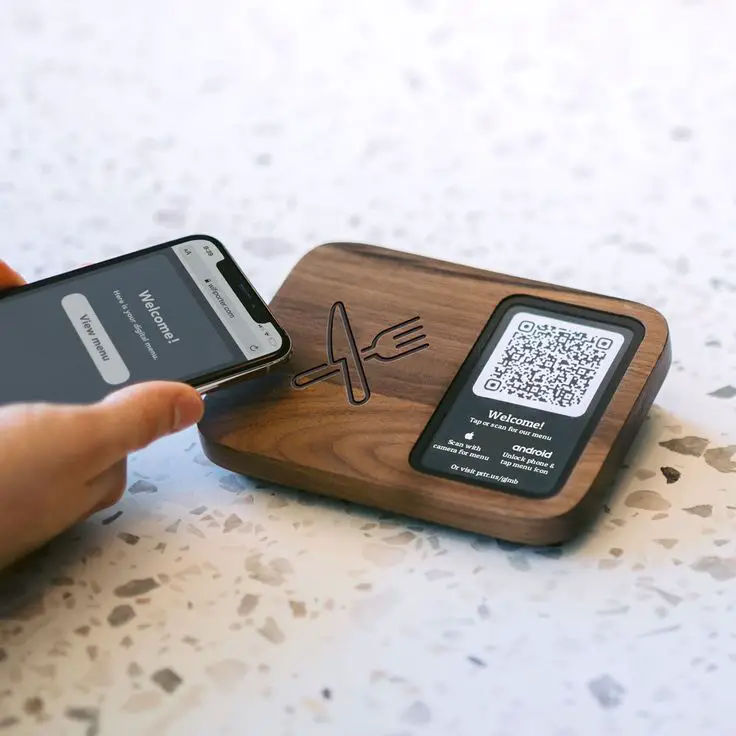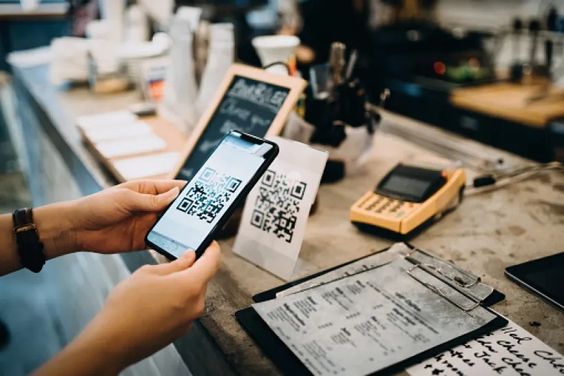Transforming Restaurant Experiences with Digital Menus

In the dynamic world of the restaurant industry, staying updated with the latest trends and technologies is crucial. One such innovative solution that has revolutionized the dining experience is the digital menu. This modern approach not only enhances customer satisfaction but also offers numerous advantages to restaurant owners and managers.
Why Choose a Digital Menu?
For Customers
1. Enhanced Convenience: The digital menu provides an unparalleled level of convenience. Accessible through smartphones, tablets, or other digital devices, customers can easily browse the menu before visiting the restaurant, making informed choices and reducing wait times upon arrival.
2. Interactive Experience: Digital menus can incorporate high-quality images, videos, and detailed descriptions of each dish. This interactivity not only makes the dining experience more engaging but also helps in setting the right expectations about the food.
3. Real-Time Updates: With a digital menu, restaurants can instantly update their offerings, prices, and specials. This ensures that customers always have the latest information at their fingertips, eliminating any confusion or outdated items.

For Restaurant Owners and Managers
1. Cost Efficiency: Updating a traditional paper menu involves printing costs and time. In contrast, a digital menu allows for instantaneous updates without any additional expenses, making it a cost-effective solution for dynamic restaurant environments.
2. Marketing Opportunities: Digital menus can be integrated with social media and other marketing platforms, enabling restaurants to promote new dishes, special offers, and events directly to their customers. This integration can drive customer engagement and increase foot traffic.
3. Operational Efficiency: By streamlining the ordering process, digital menus reduce the chances of errors and improve overall efficiency. This leads to faster service, higher table turnover, and ultimately, increased revenue.
Implementing a Digital Menu in Your Restaurant
Transitioning to a digital menu system is simpler than it might seem. Here’s a step-by-step guide to help you get started:
1. Selecting the Right Platform
Choosing a user-friendly digital menu platform is critical. Ensure that the platform you select offers customization options, is mobile-responsive, and comes with strong customer support. Look for features that align with your restaurant’s specific needs.
2. Designing an Engaging Menu
Your digital menu should be visually appealing and easy to navigate. Utilize high-quality images, videos, and detailed descriptions to make your dishes stand out. Interactive elements, such as clickable sections for ingredients or preparation methods, can further enhance the customer experience.
3. Integrating with Your POS System
Seamless integration with your Point of Sale (POS) system is essential for real-time updates and efficient order processing. This integration ensures that your menu reflects current inventory levels and pricing, minimizing the risk of discrepancies.
4. Training Your Staff
Proper training is crucial for a smooth transition to a digital menu system. Ensure that your staff understands how to navigate and assist customers with the digital menu. Provide ongoing support to address any issues that may arise.
5. Promoting Your Digital Menu
Once your digital menu is live, promote it through your website, social media channels, and in-restaurant signage. Encourage customers to use the digital menu and provide feedback to help you make continuous improvements.

Future Trends in Digital Menus
As technology advances, digital menus will continue to evolve. Here are some trends to watch for:
1. Augmented Reality (AR):
AR technology can elevate the digital menu experience by allowing customers to visualize dishes in 3D before ordering. This immersive experience can help customers make better choices and enhance their dining experience.
2. AI-Powered Personalization:
Artificial Intelligence (AI) can analyze customer preferences to offer personalized menu recommendations. This feature can increase customer satisfaction by suggesting dishes they are likely to enjoy based on past orders and preferences.
3. Smart Device Integration:
Integration with smart devices, such as voice assistants and smartwatches, can provide even more convenience for customers. This technology allows for hands-free navigation of the menu and easier access to information.
Conclusion
The digital menu is transforming the restaurant industry by offering enhanced convenience, cost savings, and operational efficiency. By adopting this innovative solution, restaurants can improve customer satisfaction and stay ahead of the competition.





